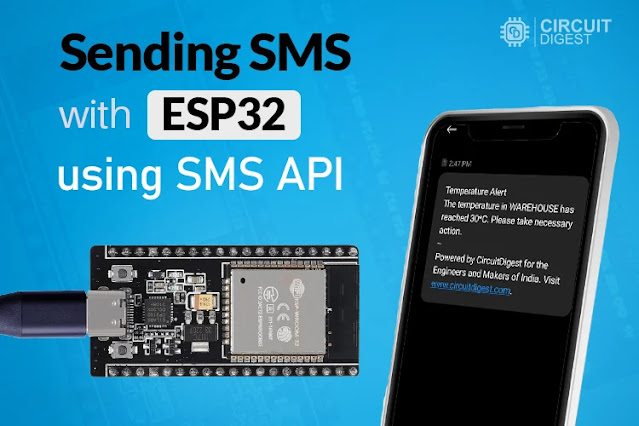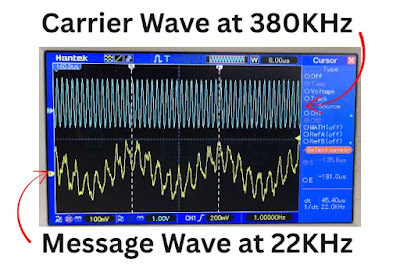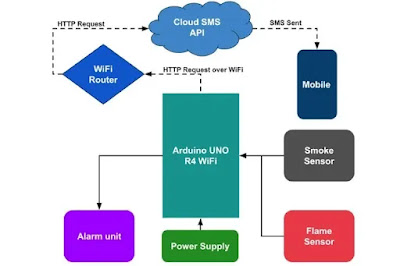Why Build a Testing Rig?
Parts You will Need
3D Printed Components:
-
Base, mid‑rings (A&B), outer ring, connectors, drone holder
Mechanical Hardware:
-
603zz bearings ×4
-
606zz bearing ×1
-
M6 bolt (50 mm)
-
M6 nuts & washers
-
M3 bolts (30 mm), nuts & washers
Tools:
-
Screwdriver, Allen key, mini pliers
How It Works
-
Base + outer ring are connected via M6 bolt for stability.
-
Mid-rings snap into the outer ring—with or without light sanding—and rotate smoothly.
-
Bearings + M3 bolts hold the mid-rings securely.
-
Drone holder with spacers attaches so your mini-drone can be mounted safely
Assembly Steps
- Connect base + outer ring using M6 bolt and washers.
- Insert bearings into outer ring’s edges.
- Attach mid-rings to outer ring with M3 bolts and nuts (add washers to space parts).
- Install drone holder, using bearings and bolts, adjust bolt lengths to avoid hitting props.
- Mount your drone using Velcro or ties—and you’re ready to test
Testing and Tuning
-
Mount the drone and spin props at low throttle to check smooth rotation.
-
Use the rig to fine-tune flight controls like PID values, free from external influences like wind.
-
Test motor/prop combos safely, listening for unusual vibration.
-
Diagnose issues by checking clearance and tightening bolts if behavior is erratic
3D models and assembly guides are all open-source and available in the tutorial
Recommended 3D print settings
- Layer height: 0.2 mm
- Infill: 20–30%
- Supports for overhangs
- Specific orientation files included
You are building a compact, DIY Drone Test Rig that holds your drone securely while allowing free movement on all axes. this project is perfect for safely fine-tuning flight parameters, checking motor thrust, and running diagnostics, without the risk of costly crashes or needing expensive gear.
Ready to get started? Head over to the full tutorial, grab the 3D-print files, and tell us how your test rig turns out.
.webp)










.png)


